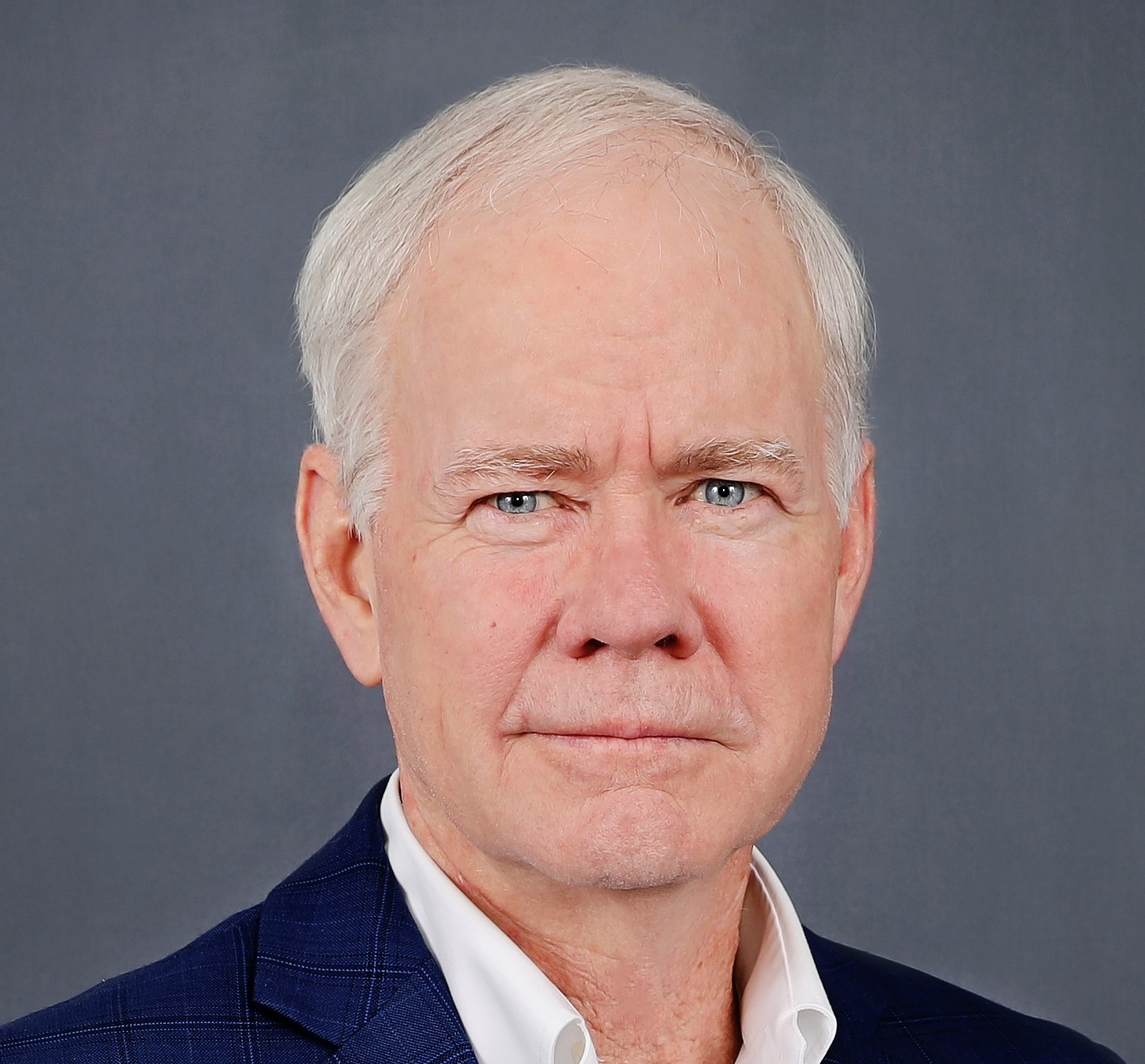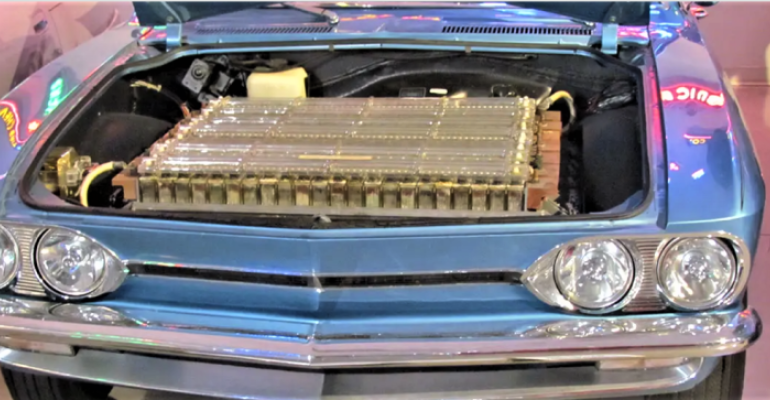Electric-vehicle battery prices will plummet. Charging time will drop to about as long as it takes to fill your tank. And e-fuels will not save the internal-combustion engine.
These were some of the key findings presented at the SAE’s North American International Propulsion Conference last month. One of the premier conferences in the auto industry, it’s attended by top executives from automakers, suppliers, research companies and consulting firms.
The NAIPC is not well known outside of the powertrain community. One reason why is that it follows Chatham House rules, which means attendees can freely talk about what they heard, but they can’t say who said it or what company they work for.
Even so, the conference is a treasure house of information and here are some of the nuggets that came out of it:
- Battery-electric vehicle manufacturing costs likely will drop below internal-combustion-engine vehicle costs around 2025-2026. Battery prices fell 89% from 2010 to 2021 and probably will drop to about $60/kWh by 2030.
- Hybrids and plug-in hybrids can’t reach carbon neutrality unless they run on e-fuels. But e-fuels require three times the energy to make compared to gasoline and probably will cost three times as much in 2030. E-fuels are unlikely to save the ICE.
- While ICEs are not going away anytime soon, especially in developing countries, it’s very hard to raise capital for any kind of ICE investment.
- Fuel-cell manufacturing costs will match those of BEVs around 2030, but hydrogen is too expensive right now: $13/kg. It needs to cost the same as diesel to be competitive and a gallon of diesel weighs about 3 kg (6.6 lbs.). However, hydrogen is not yet made in scale for transportation and when production goes up, costs will come down.
- If OEMs can commonize certain EV components, suppliers can make them for multiple OEMs and give them tremendous economies of scale, more than the OEMs can achieve if they make them inhouse – just like suppliers do today with ICE and transmission components.
- Medium-duty BEV trucks can cut carbon-dioxide emissions 51% compared to a similar diesel truck. But if they run on green electricity, they can cut CO2 by 95%.
- Megawatt charging for commercial trucks is underway, allowing trucks with 200-400 kWh battery packs to charge to 80% in 20 minutes. Cars with smaller batteries will recharge in about the same time it takes to fill a tank of gasoline.
- A medium-duty commercial BEV with a 200- to 300-mile (322- to 483-km) range that charges at $0.12/kWh has a lower total cost of ownership in only two to three years compared to a diesel truck. The point: Electric trucks already are cost-competitive in certain applications.
- BEV battery recycling has to get a lot faster. Today, two packs can be recycled every hour. By 2030 that needs to rise to 850 packs/hour. The good news is that 95% of the materials can be recouped. One company has recycling technology that is like taking a cake and separating it back down to its individual ingredients.
- Though solid-state batteries probably will reach mass production in 2028-2030, they may not become cost-effective until 2030-2035.
- Battery production involves dizzying manufacturing speeds and eye-popping amounts of materials. One gigantic battery plant makes 66 cells a second and uses 300 miles (483 km) of copper foil a day.
- Sodium batteries are getting a lot of attention. Lithium costs $100/kg (before recent runups) while sodium is only $3/kg. But keep in mind that the cathode accounts for 50% of the cost of a battery, so it represents the greatest opportunity for cost reduction.
- The Inflation Reduction Act will turn the U.S. into a global player in battery production. The U.S. battery supply chain is developing at a rapid pace, and in the second half of this decade, 75%-80% of that supply chain will be cost-competitive with China. But it will take until 2035 to become completely free of materials from China.
- Look for a global oversupply of batteries in another decade.
- There are tremendous opportunities to improve efficiency and reduce emissions with predictive driving such as power demand for hills and urban areas. The same is true for traffic-light assist, which helps you drive at a pace to encounter only green lights. The point: BEVs, plug-in hybrids and fuel-cell vehicles are great, but we should not ignore other ways to cut CO2.
 These bullet points just hit some of the highlights from this year’s conference, but they give you a flavor of how comprehensive it is. One of the reasons why the NAIPC is so valuable is that it’s planned out and organized by some of the best executives from the propulsion community, even though I can’t tell you who they are.
These bullet points just hit some of the highlights from this year’s conference, but they give you a flavor of how comprehensive it is. One of the reasons why the NAIPC is so valuable is that it’s planned out and organized by some of the best executives from the propulsion community, even though I can’t tell you who they are.
John McElroy (pictured, left) is the President of Blue Sky Productions, which produces “Autoline Daily,” and “Autoline After Hours” on www.Autoline.tv and the Autoline Network on YouTube. The podcast “The Industry” is available on most podcast platforms.





